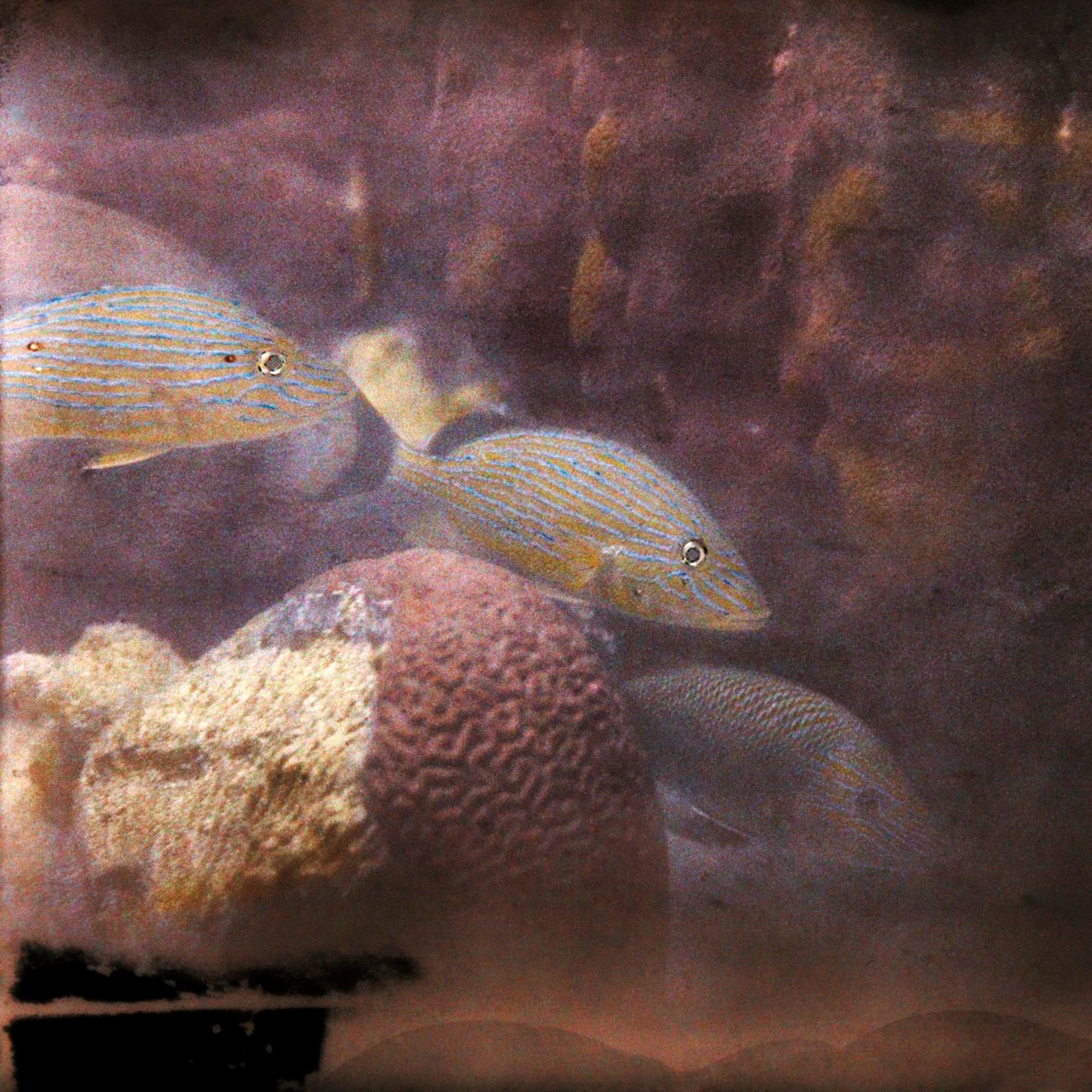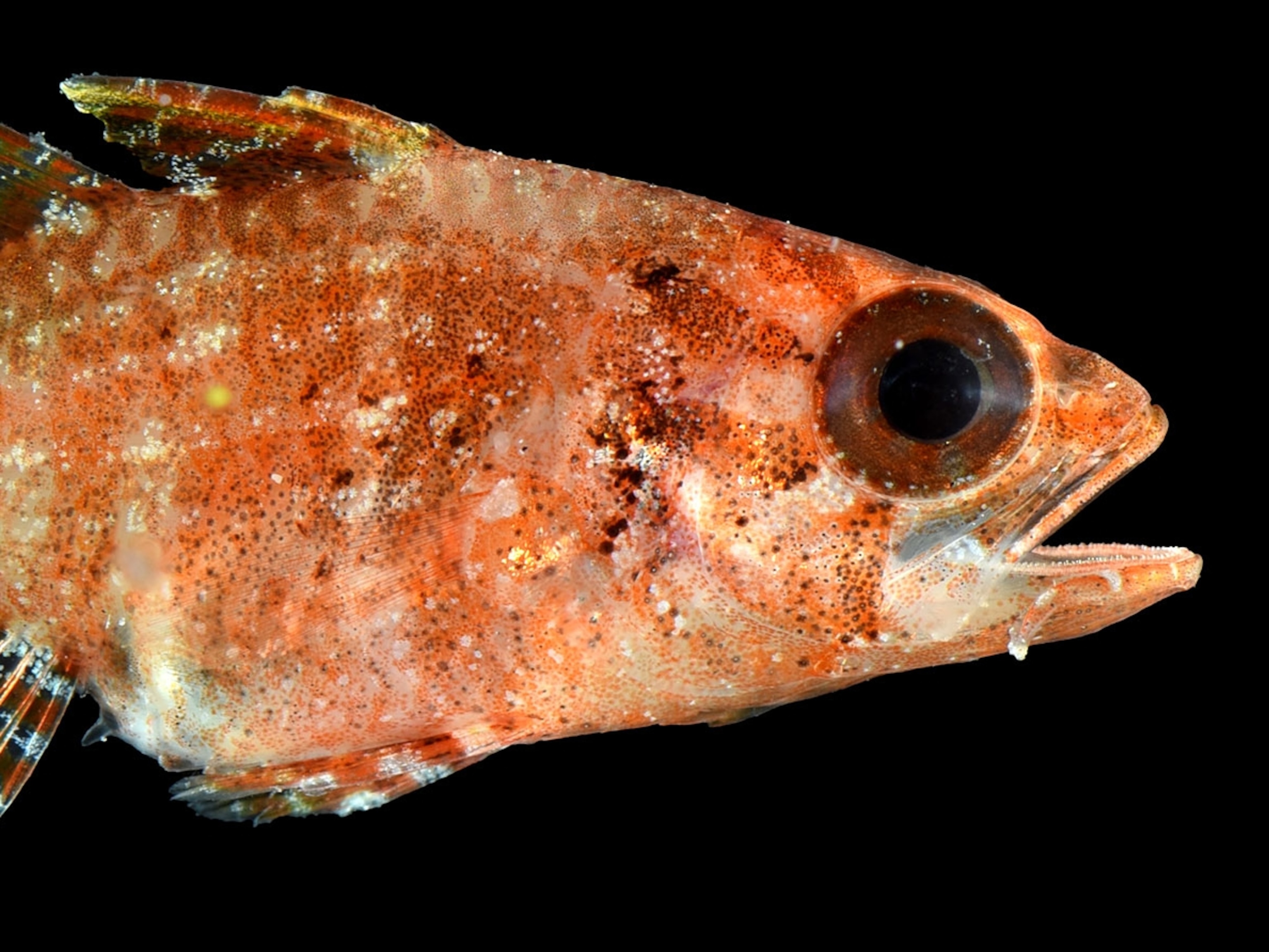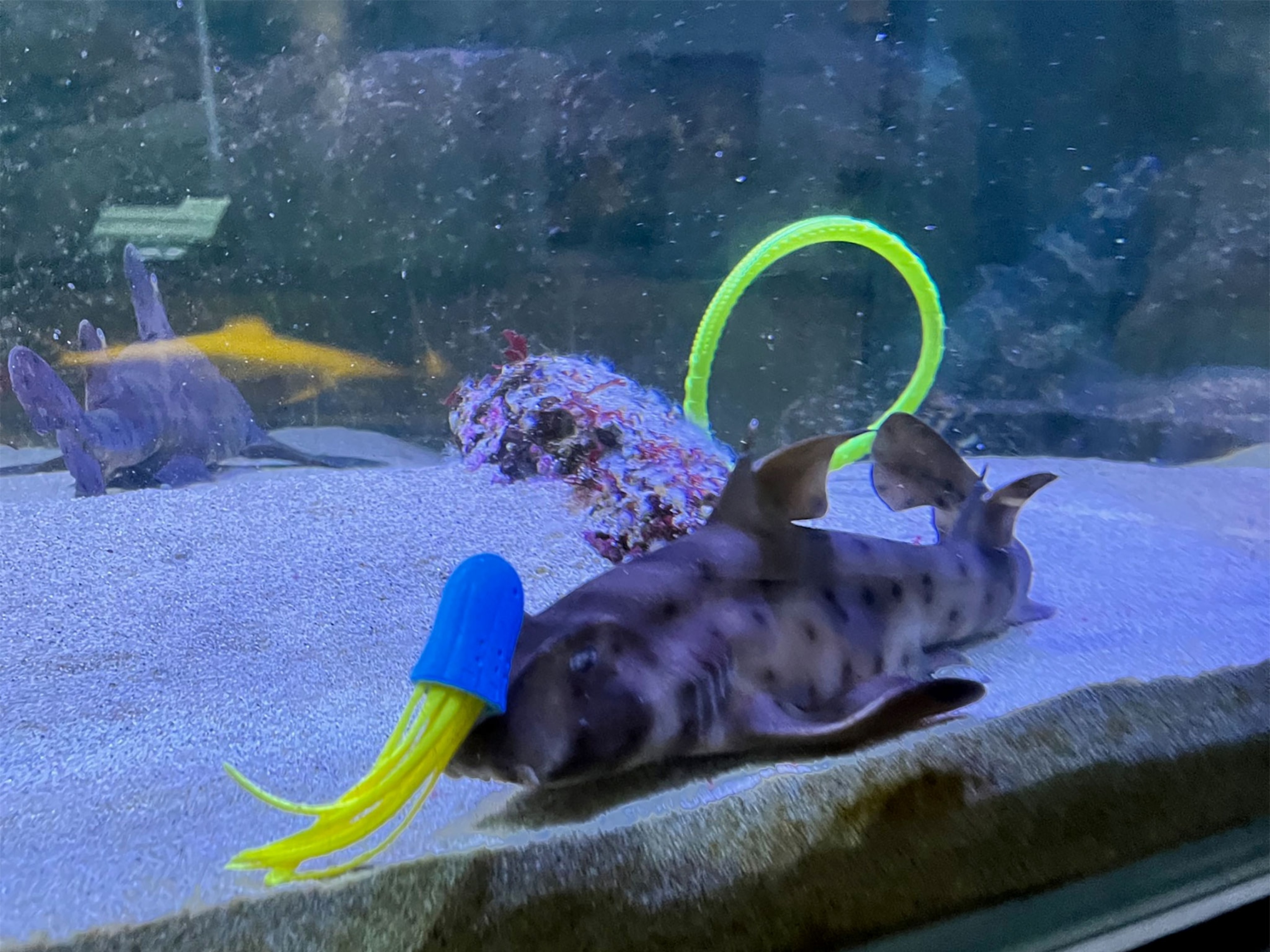800-Pound Groupers Making a Comeback—But Not Everyone's Happy
Some Florida fishermen say Atlantic goliath groupers are eating too many fish, but scientists argue the behemoths still need our protection.
Somewhere in the warm waters off the Florida Keys lives a fish named Sylvia. She is six feet long, friendly as a golden retriever—and a rarity. Fabien Cousteau named the distinctive Atlantic goliath grouper after famed ocean scientist Sylvia Earle when the curious fish and her larger companion repeatedly visited Cousteau during his expedition in the undersea laboratory Aquarius off Key Largo in 2014.
The other grouper was named JYC, after Cousteau’s grandfather, Jacques Cousteau.
“As ocean icons, it seemed normal that two beautiful goliath groupers we saw almost every day would be named after my grandfather and Sylvia,” Cousteau says. “I didn’t know it was her favorite fish until much later.”
Not all hold such a reverential view of the goliath grouper, which can reach 800 pounds. Fished to near extinction in its western north Atlantic habitat by 1990, U.S. states and the federal government banned catching the goliath—and now, the population is making a comeback.
It is still listed as critically endangered, however, and is rarely seen in many places where it was once plentiful. But as numbers recover, sports fishermen and charter boat operators in the Keys complain that the fish has become a pest.
Oversize Appetite?
Several videos online show the goliath grouper's antics, which, includes a grouper dragging a fisherman and stealing his catch.
“There are a lot of spots we don’t go to anymore because you won’t catch anything,” says Brice Barr, a charter boat skipper and president of the Key West Charter Fishermen’s Association. “The goliaths will catch every single fish that you hook. They hear the sound of our boats and that’s the dinner bell. They know they are going to get fed.”
Barr and others also blame goliath groupers for the decimating fish stocks on the Florida reef, including snapper and smaller grouper. (See more National Geographic magazine pictures of goliath groupers.)
“They’re not selective in what they eat,” Barr says. “If you ask most fishermen, they say we need to get rid of the goliath. These top predators are becoming so protected, they are starting to prey more and more on the rest of the fish.”
The arguments may sound plausible on the docks, but do not add up in the science lab, says Chris Koenig, a retired University of Florida marine biologist who has studied goliaths for decades.
“People make up all kinds of reasons why the fish must be destroyed,” Koenig says. "This is a native species. They were part of the natural environment. They have been here for millions of years, much longer than we have.”
Koenig, whose fascination with goliath groupers dates to his boyhood when the fish was considered worthless, and his wife, Florida State University scientist Felicia Coleman, posted a “fact or fiction” paper online to refute false claims and clarifying the groupers’ dining habits and biology.
“We’ve been trying to knock down these arguments for years,” Koenig says. “People think because it is big, it has to eat a lot. But in the Gulf of Mexico, the snapper fishery has been below sustainable levels for 20 years.”
Big Game of the Ocean
Nor is the grouper especially ferocious.
“The longest teeth in their mouth are an eighth of an inch. Sure, they are sharp, but you have to provoke them, and then, the worst they can do is give you a rash,” Koenig says. “Sharks will take your hand off. Goliath suck their prey, they have such a weak bite.”
Koenig says the push to lift the ban on catching goliath grouper has more to do with sport than anything else.
And no wonder.
Among trophy fish caught in the Florida Keys, the goliath grouper has long held special distinction. In historical photographs featuring man and fish posed side by side, the goliath is almost always larger than the client who caught it—which is an essential part of its appeal.
Goliath groupers, which live up to 40 years, can measure as much as eight feet in length. Catching one is the ocean equivalent of hunting big game. Only sharks, rarely caught, are bigger.
"Nobody’s going to hold up a minnow and smile next to it," Koenig says.
Swimming with Giants
The Florida Fish and Wildlife Conservation Commission has conducted three population counts, in 2004, 2010, and 2015 in an effort to determine if the grouper has recovered enough to lift the fishing ban. (See a map of the Atlantic goliath grouper's range.)
None of the counts convinced officials to reopen the goliath grouper fishery so far.
“We don’t really know how low the population got right before the closure,” says Amanda Nalley, the commission’s spokesperson. “We estimate that it probably we below 5 percent of its original size—a very, very low level.”
Nalley adds the commission has no plans on the horizon to the reconsider grouper’s status.
Dan DeMaria, a commercial diver who used to hunt goliaths with a spear when they were plentiful, now thinks they are worth more alive than dead. Ecotourism has discovered the fish, drawing divers and tourists from around the world to swim with them, and DeMaria says that is the best outcome for the long-lived fish.
“One fish can be seen hundreds of times,” he says.
The experience becomes even more exotic during mating season, when goliaths migrate north to cooler waters just off Palm Beach, Florida, and gather in groups of 50.
Koenig agrees. “Nowhere else in the world can you swim up to a fish that is the size of a small Volkswagen and pet it on the face and see about 30 of them around you,” he says. “That is a thrilling thing.”
Creating a Win-Win
Ecotourism can only help so much—Koenig notes that groupers are still being caught illegally.
He's finalizing a new analysis of the behemoth, in which he lays out a plan for reopening the juvenile goliath grouper to fishing on a limited, sustainable basis. His data suggests this type of fishery may better protect the goliath in the end.
“They are killing them now and leaving them on the bottom,” since it's breaking the law to possess a grouper.
“If you come to some kind of compromise where the fishing group gets their piece of the pie and the diving group gets their piece of the pie, and we don’t see any changes in the population density, everybody’s happy.”








